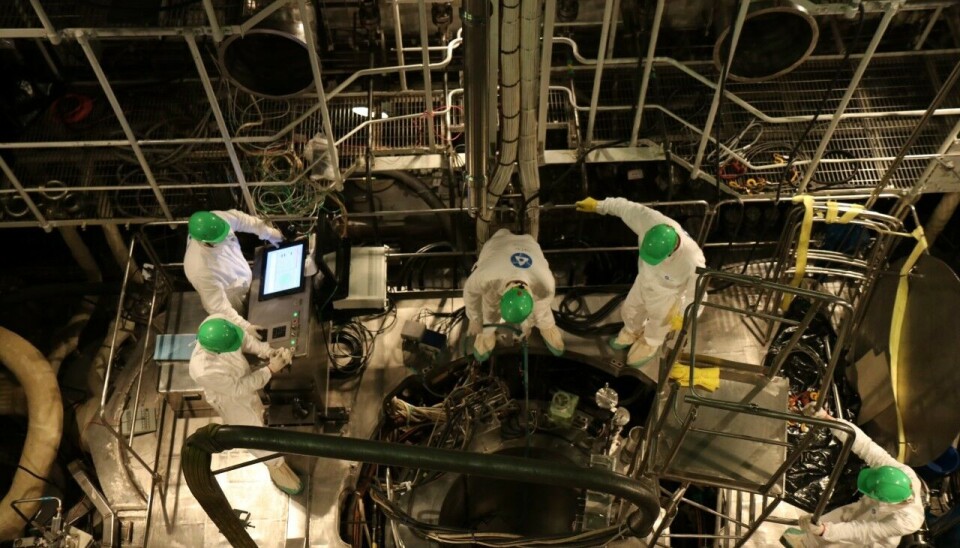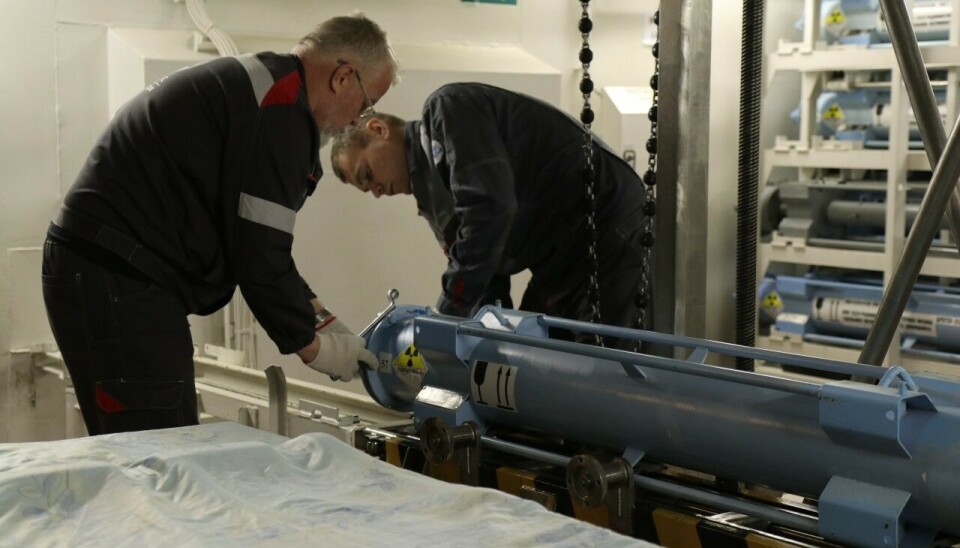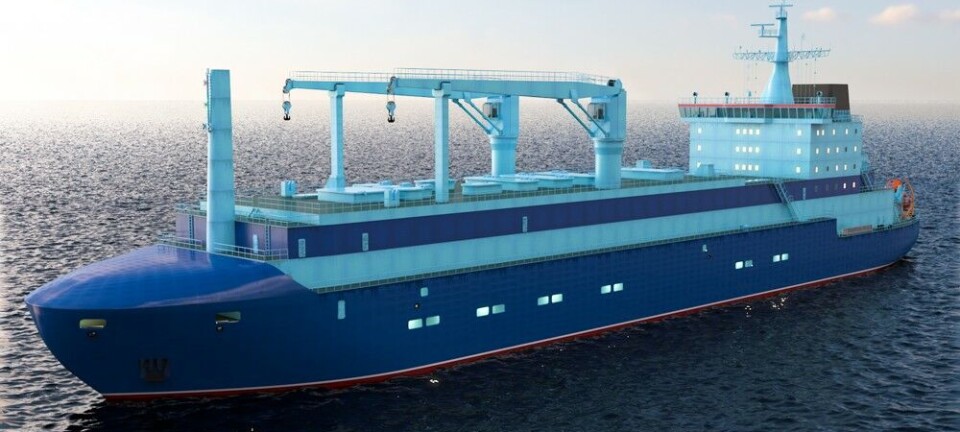
Floating nuclear power plant completes first fuel cycle
Both reactors on the Akademik Lomonosov have reloaded the uranium fuel elements for the first time since the floating nuclear power plant was put into operation in 2020.
It is the world's only floating nuclear power plant and at the same time the world's northernmost heat and electricity producing unit. With reactor technology similar to Russia's icebreakers, the fuel cycle requires change of uranium elements every 3 to 5 years.
This January marked that the plant had delivered its first one billion kilowatt-hours, Rosatom reports.
The state nuclear corporation can also tell that work on replacing the uranium fuel elements in the second reactor is completed. The first reactor got its elements replaced in late 2023, early 2024.

Located on the coast to the East Siberia Sea on the Chukotka Peninsula, the nuclear power plant delivers electricity to a grid that is separated from the rest of Russia. Main consumers are the settlement of Pevek and the nearby Baimskaya mine and its soon-to-be-built ore processing plant.
Rosatom informs that the fresh uranium fuel was shipped to Pevek in special containers via the Northern Sea Route, but no details are provided on which vessel was used.
International shipping regulations set strict norms for ships allowed to transport radioactive material, and especially so for fresh and spent uranium fuel. According to the Northern Sea Route administration, Rosatomflot's special purpose vessel Rossita got a permission to sail north of Siberia valid for the period September 25 to November 30 last year, but it is unclear if this was the transporter of the fuel elements to Pevek.
A video posted by Rosatom shows how the spent nuclear fuel elements are loaded out of the reactor and placed inside the storage rooms onboard Akademik Lomonosov. The spent nuclear fuel will likely stay onboard for a few years before being transported back to Murmansk, where there is a reloading facility from ship to train, making it possible to sent the spent fuel for reprocessing at the RT-1 plant in Mayak, Chelyabinsk region.

The Barents Observer has previously reported about Rosatomflot's new special purpose ship currently under construction at the Baltisky Yard in St. Petersburg. The vessel will have ice-class Arc5 and be able to operate in harsh Arctic waters. It will replace Imandra, the more than 40 year old ship that today serves Russia’s nuclear-powered icebreakers.
The Akademik Lomonosov was connected to the power grid in December 2019 and began commercial operation in May 2020. A 490-kilometers long power-transmission line from Pevek to Bilibino, providing more reliable electricity to the mining operations in the area, was put into operation in September 2023.
From Soviet days, Rosatom operates a small-scale nuclear heat- and electricity plant in Bilibino.
Read more

















